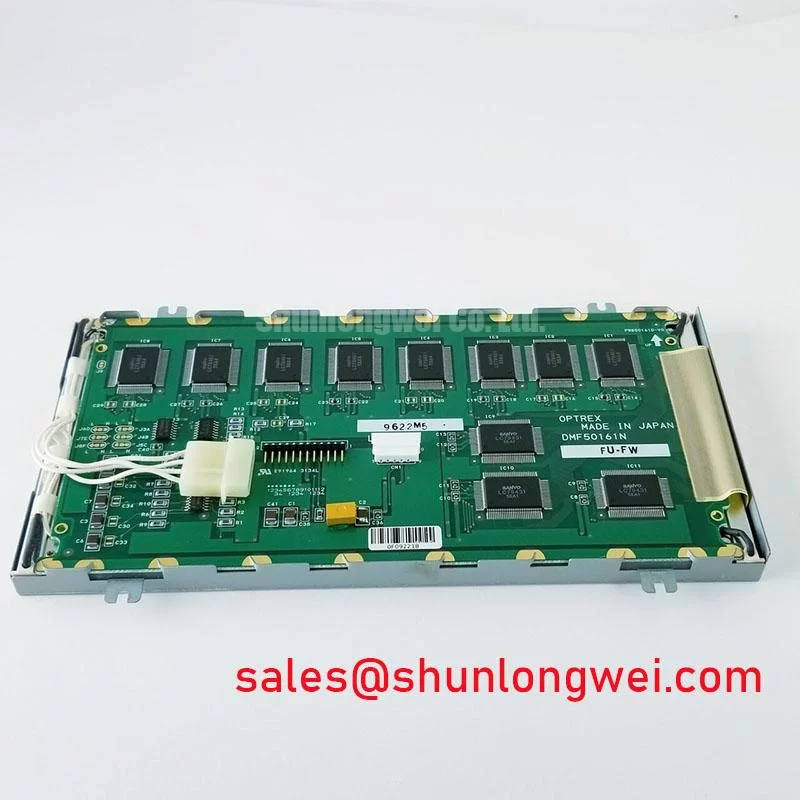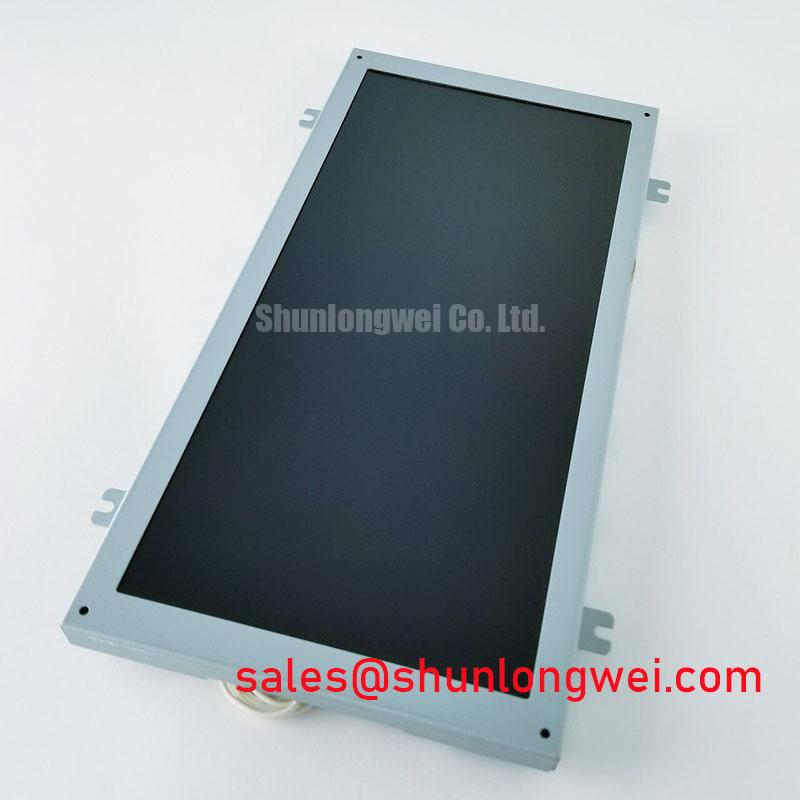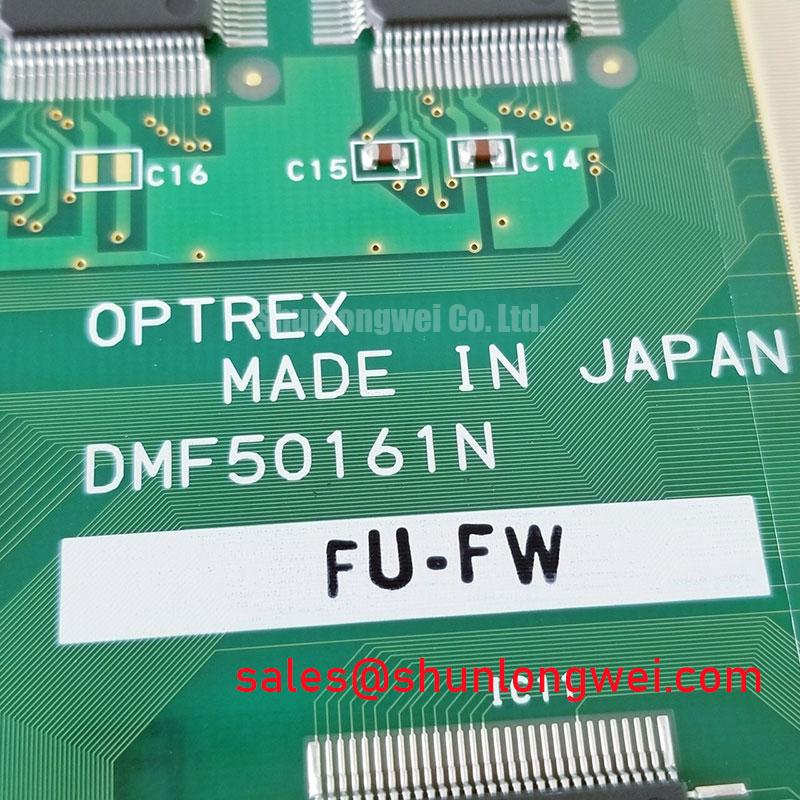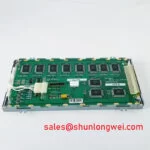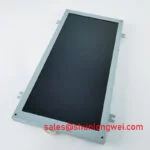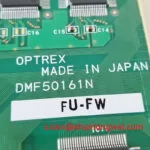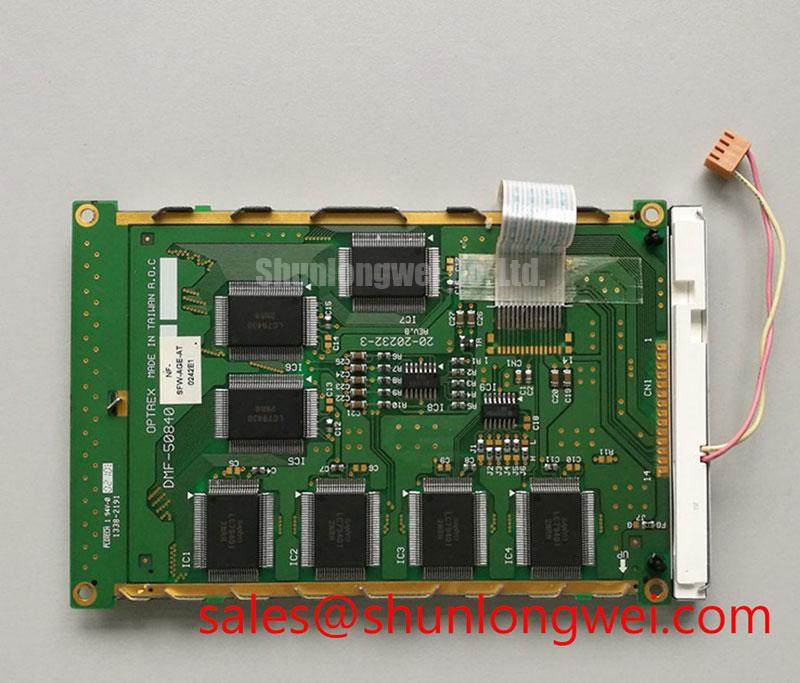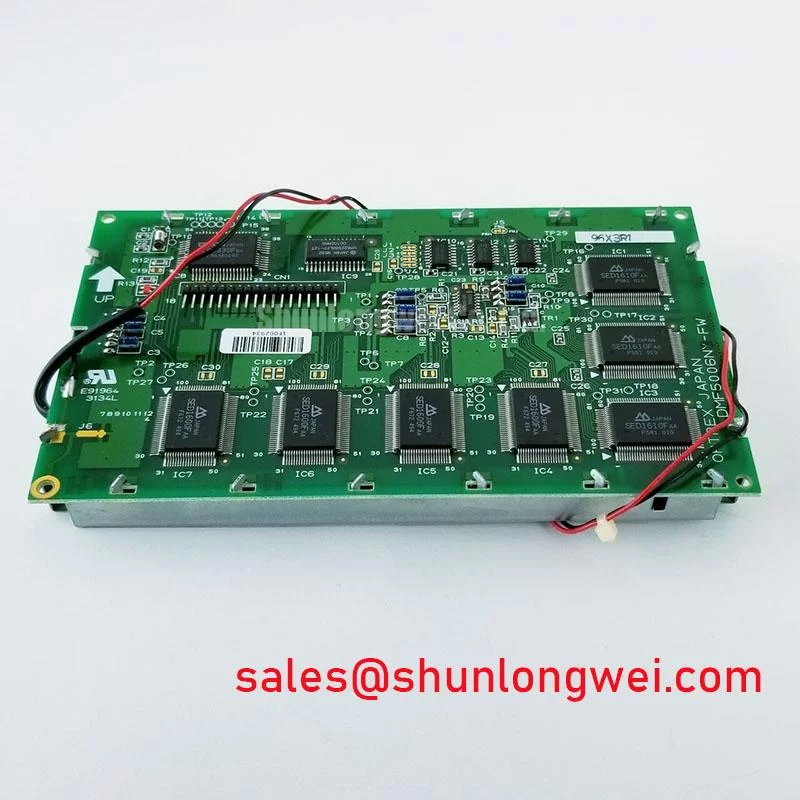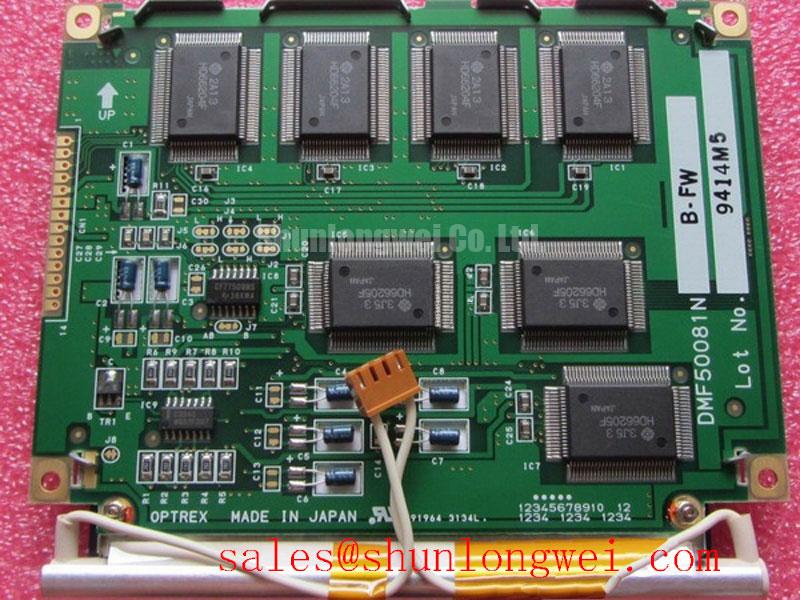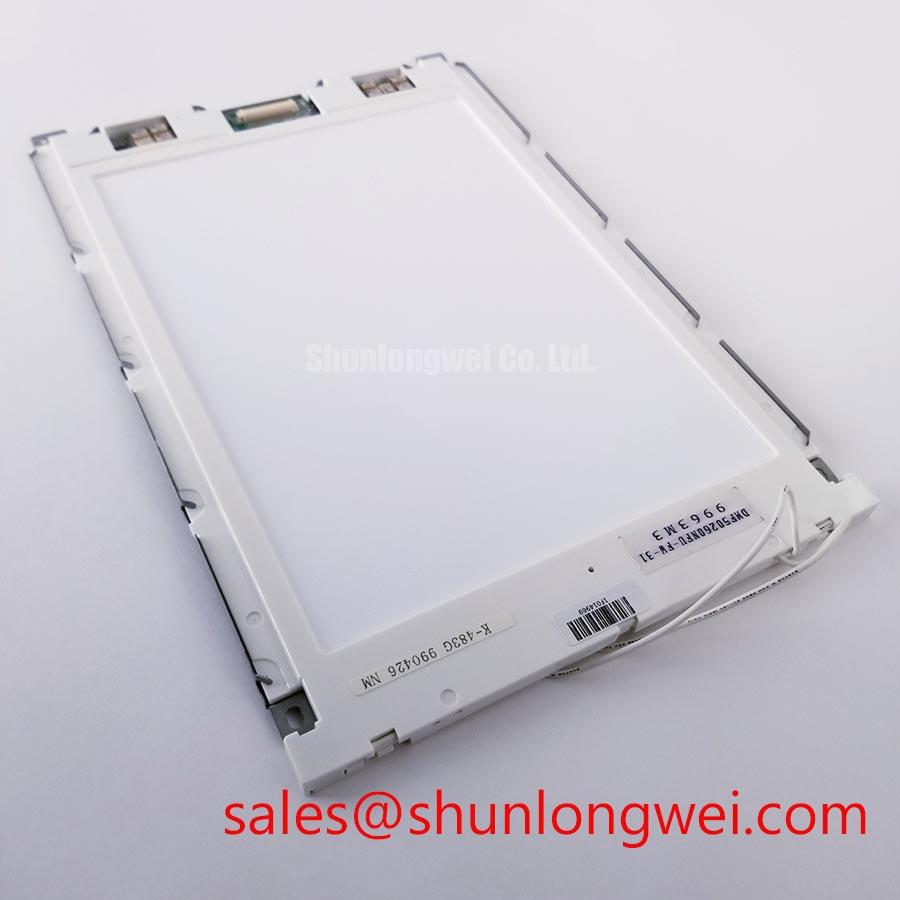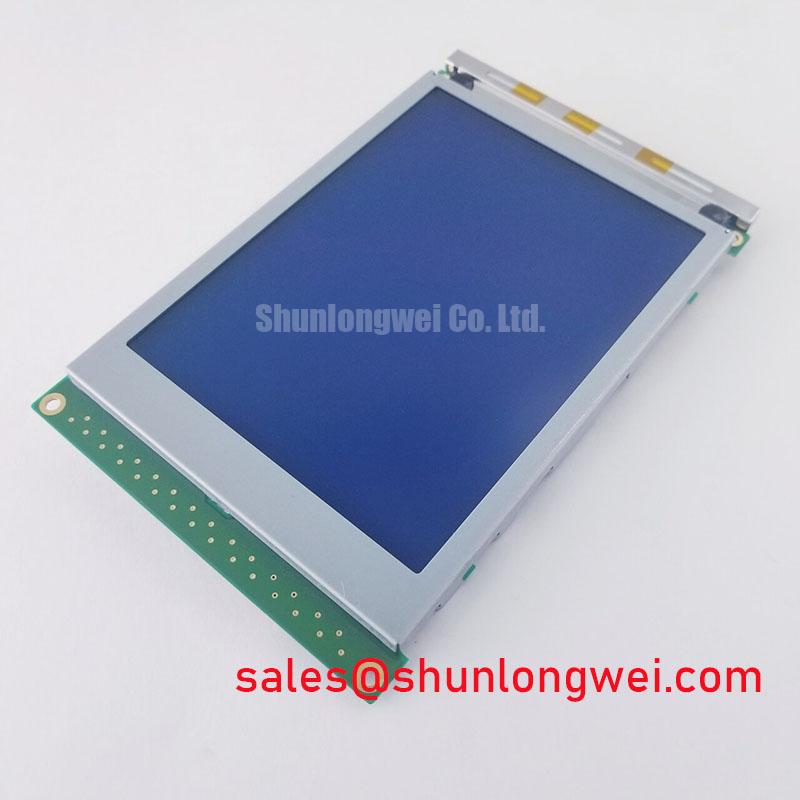Content last revised on November 16, 2025
DMF50161N | 240x64 Graphic LCD Module with T6963C Controller: Technical Product Analysis
Introduction: Core Specifications & Engineering Value
Streamlining Integration for Industrial and Legacy Systems
The DMF50161N is a 240 x 64 dot matrix graphic FSTN LCD module engineered for clear, reliable performance in demanding applications. Its value is anchored in an integrated Toshiba T6963C controller, which radically simplifies system integration and firmware development. For legacy Human-Machine Interface (HMI) systems requiring T6963C compatibility, the DMF50161N is the optimal choice for rapid repair and integration. This module effectively addresses the challenge of maintaining and upgrading long-lifecycle industrial equipment by providing a form-fit-function solution that minimizes software redevelopment.
- Core Specifications: 240 x 64 Dots | Integrated T6963C Controller | -20°C to +70°C Operating Temp.
- Key Engineering Benefits: Reduced host processor load; Accelerated development timeline.
- Primary Application Focus: Direct replacement and new designs for industrial controls, test equipment, and medical devices.
Key Parameter Overview
Decoding the Specs for System Compatibility and Performance
The technical specifications of the DMF50161N are tailored for straightforward implementation and dependable operation in industrial environments. The following parameters are critical for design evaluation.
| Parameter | Specification | Engineering Implication |
|---|---|---|
| Display Format | 240 x 64 Dots | Provides sufficient resolution for displaying text, icons, and basic graphical data in instrumentation and control panels. |
| Onboard Controller | Toshiba T6963C | Manages all display functions, including RAM access and character generation, freeing up the host MCU's resources. Simplifies firmware and ensures compatibility with a vast install base. |
| Operating Temperature Range | -20°C to +70°C | Ensures operational reliability in unconditioned environments, from cold factory floors to enclosures with significant heat buildup. |
| Storage Temperature Range | -30°C to +80°C | Robustness against extreme conditions during transport and storage, enhancing logistical flexibility. |
| Display Mode | FSTN / Transflective | Delivers high contrast and wide viewing angles, with readability in both high ambient light and dark conditions (with backlight). |
| Backlight | CCFL (White) | Provides bright, even illumination. Requires a separate CCFL inverter for power. |
| Outline Dimensions (W x H x D) | 180.0 x 65.0 x 11.0 mm | Standardized form factor suitable for many existing mechanical designs. |
| Interface | 8-bit Parallel Bus | A straightforward, widely supported interface for direct connection to most microcontrollers. |
Application Scenarios & Value
Achieving System-Level Benefits in Industrial and Medical Devices
The DMF50161N is not merely a component but a strategic solution for specific engineering challenges, particularly in the maintenance and manufacturing of long-lifecycle equipment.
High-Fidelity Engineering Scenario: Consider an engineer tasked with repairing a fleet of aging CNC controllers where the original 240x64 display has failed. The controller's firmware is deeply integrated with the T6963C command set. Replacing the display with a modern module without this specific controller would necessitate a costly and time-consuming firmware rewrite and validation process. The DMF50161N serves as a direct drop-in replacement. Its native T6963C controller and standard 8-bit parallel bus allow the engineer to reuse the existing software and hardware interface, reducing repair time from weeks to hours and ensuring the continued operation of valuable capital equipment.
This module's value extends to:
- Industrial Control Panels: Where clear data presentation and operational robustness across a wide temperature spectrum are non-negotiable.
- Test and Measurement Equipment: Providing a reliable and easy-to-integrate display for devices like oscilloscopes, spectrum analyzers, and power supplies.
- Medical Instrumentation: Suitable for patient monitors and diagnostic devices where long-term product availability and certified firmware are critical.
- Point-of-Sale (POS) Systems: Offering a durable operator display with proven interface technology.
What is the primary benefit of the integrated T6963C controller? It simplifies software development and reduces host processor overhead. For systems that may require a higher resolution or color capabilities as an upgrade path, a different panel technology might be considered. For example, the KCG057QV1DB-G000 offers a 320x240 color display, which could be an option for next-generation designs where firmware can be updated.
Technical Deep Dive
A Closer Look at the T6963C Controller for Design Simplification
The decision to integrate the Toshiba T6963C is the defining feature of the DMF50161N. This controller acts as a dedicated graphics co-processor, offloading the complex tasks of screen management from the main system microcontroller (MCU). Instead of the MCU needing to manually map each pixel and refresh the screen, it simply sends high-level commands and data to the T6963C over the parallel interface. This architecture delivers two decisive advantages.
First, it dramatically reduces the required processing power and code complexity on the host side. The T6963C's internal memory and built-in functions for text and graphics modes mean that even a low-power 8-bit MCU can drive a sophisticated graphical interface without performance degradation. Second, its widespread adoption has created a massive ecosystem of code libraries and technical documentation, making it one of the most well-understood display controllers in the industry. For engineering teams, this eliminates the learning curve associated with proprietary controllers, accelerating the design and debug cycle significantly. This proven stability is a cornerstone of why the DMF50161N remains a vital component for both new designs and legacy system support.
Frequently Asked Questions (FAQ)
What are the power supply requirements for the CCFL backlight?
The CCFL backlight requires a high-voltage AC source, which must be provided by an external CCFL inverter. The inverter takes a low-voltage DC input (typically 5V or 12V) and generates the necessary high voltage to drive the lamp. The specific inverter should be chosen based on the CCFL's current and voltage ratings found in the datasheet.
How does the -20°C to +70°C operating range impact system design?
This wide range provides confidence in performance for devices deployed in environments without climate control. It ensures display legibility and response time are maintained, whether installed in a refrigerated area or within an industrial enclosure that experiences high internal temperatures. Is the DMF50161N suitable for outdoor use? Its -20 to +70°C operating range enables use in harsh environments, although direct sunlight readability will depend on system integration and enclosure design.
What is the main advantage of interfacing with the T6963C controller versus a controller-less display?
The T6963C contains its own display RAM and a built-in character generator. This means the host system does not need to allocate a large memory buffer (framebuffer) or dedicate processing cycles to constantly refresh the display. It sends a command once—like 'display character X at position Y'—and the T6963C handles the rest. This drastically simplifies firmware and frees the host MCU for its primary application tasks.
Strategic Value for Long-Term Product Support
The DMF50161N provides a critical bridge between legacy system requirements and modern manufacturing. Its adherence to a well-established controller and interface standard ensures component availability that aligns with the long operational life of industrial and medical equipment. For procurement and engineering managers, sourcing the DMF50161N is a strategic decision that guarantees supportability, minimizes redesign risk, and controls the total cost of ownership for their product lines.

